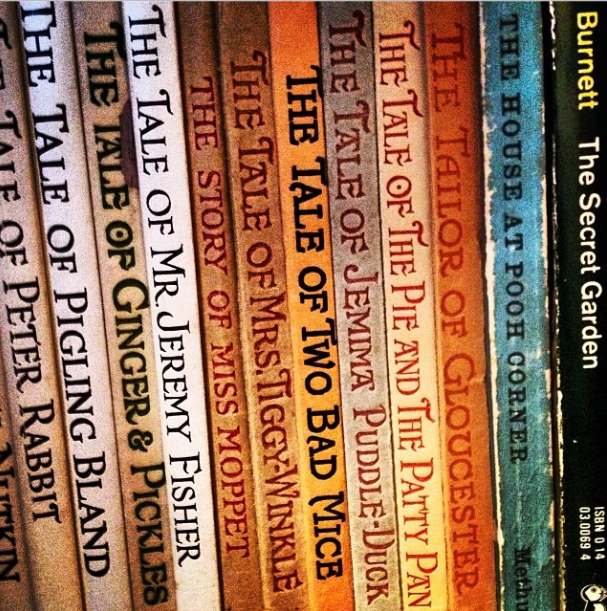
“I don’t believe that I have ever written a children’s book,” Maurice Sendak once said. “I don’t write for children. I write–and somebody says, ‘That’s for children!'”
Madeleine L’Engle said, “You have to write the book that wants to be written. And if the book will be too difficult for grown-ups, then you write it for children.”
J R R Tolkein agreed that there was no such thing as writing “for children.” (In his lecture on Fairy Stories.)
What are they getting at?
There is a disturbing, patronizing dumbing down that happens in so many bad children’s books.
People often think it’s easy to write a picture book. The truth is: it’s easy to write a bad picture book.
Why do we think it’s easy to write for children? I think it’s because we don’t have a high enough view of children. And we don’t have a high enough view of story. A poorly written children’s book shows a lack of respect for children. Poorly-written books insult and demean to children. A great children’s book writes up for children never down.
Astrid Lindgren said: “I don’t want to write for adults. I want to write for readers who can perform miracles. Only children perform miracles when they read.”
Only a high view of children and a deep respect for them will produce work worthy of them.
Roald Dahl, who wrote novels for adults at the start of his career, said:
“I’m probably more pleased with my children’s books than with my adult short stories. Children’s books are harder to write. It’s tougher to keep a child interested because a child doesn’t have the concentration of an adult. The child knows the television is in the next room. It’s tough to hold a child, but it’s a lovely thing to try to do.”
Mark Haddon: “books for children are as complex as their adult counterparts, and they should therefore be accorded the same respect.”
And of course, the same is true of the children who read them.
I love this. There’s nothing else to say.
so glad Ellen. Thanks!
You got to the heart of the matter: Little respect for children breeds little respect for the books written for them. This post is wonderful. Thanks!
Thank you Victoria
My late mother, Sydell Rosenberg, was an anthologized American haiku poet whose big dream to publish a children’s alphabet reader using haiku remained unfulfilled. One day I hope to realize her dream. Her best work is simple yet vibrant and does not pander to kids. Both kids and adults can enjoy her short poems and in fact, I’ve worked on programs using her haiku for both young and older students. I agree with your ideas.
Amy, that’s very cool. I hope you do realize her dream. Haiku is an amazing skill!
I’ve never written anyrhing “for children.” But I value children and work at a church with them and am wondering if you can give me some advice on taking the first step in writing something for kids. I love to write and I want my audience to be those precious young ones that I spend my time with on Sundays. Any encouragement to me? I’m feeling called but don’t know where to start?
hi Laura–thanks for stopping by. Well, what advise anyone serious about writing for children is to join SCBWI.ORG. Best way to learn the business!
This article provides a great idea to our fellow readers. Once the children will read, more things they will know. The more they learn, the more places they will go.